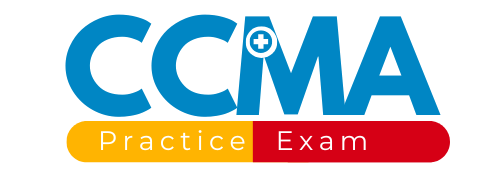CCMA Practice Test 5
This free practice test will help candidates studying for CCMA certification. It contains 30 multiple-choice questions from all sections. Take this CCMA practice exam and analyze your score. You’ll see your score and answers when you answer the last question and submit this test.
